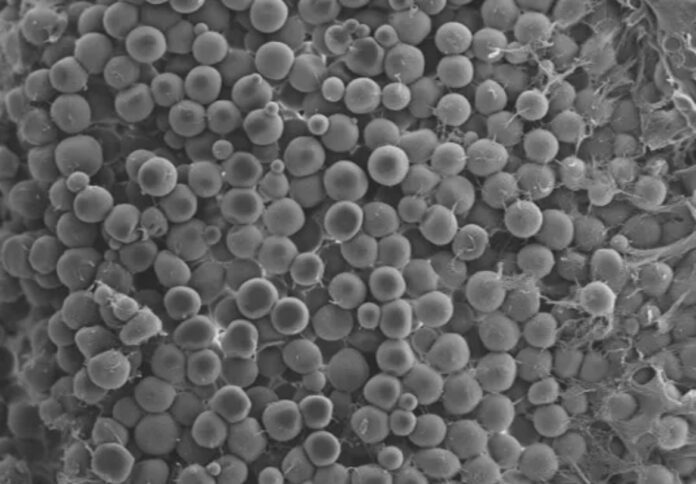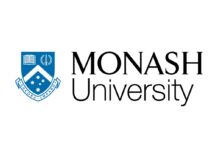
Engineers at UNSW have developed a new silk-based material that may revolutionise heart tissue regeneration.
By transforming silk from domestic silk moths into a microgel using light, they created a substance that mimics human tissue properties and supports cell and tissue regeneration, the university reported in a news release.
“Our microgels are made up of entirely of silk, but we can also load them with other molecules such as drugs and proteins that help control inflammation or promote tissue growth, so they work both to support damaged tissue and as a delivery vehicle to promote tissue regeneration,” said Associate Professor Jelena Rnjak-Kovacina from UNSW’s Graduate School of Biomedical Engineering.
She added, “The ultimate goal is to be able inject these microgels into the heart muscle after a heart attack in order to support the heart muscle and help it regenerate.”
According to the university, silk, known for its strength comparable to Kevlar, is dissolved into liquid form and then turned into a jelly-like microgel using light.
This microgel stimulates the inflammatory responses needed for cell growth and tissue regeneration and can be loaded with proteins that aid in new blood vessel formation.
The porous nature of the new microgel enhances cell movement and growth compared to traditional hydrogels.
This innovation allows the microgel to better mimic the body’s complexity, enhancing cell interactions and regeneration.
UNSW researchers are progressing to inject the microgel into the hearts of mice for further studies, aiming to eventually test it on larger animals and humans within five years.
Meanwhile, the microgel shows potential for less invasive applications, such as skin-wound healing and creating human tissue models for drug testing.
For more information, visit UNSW’s Advanced Functional Materials Journal.



















